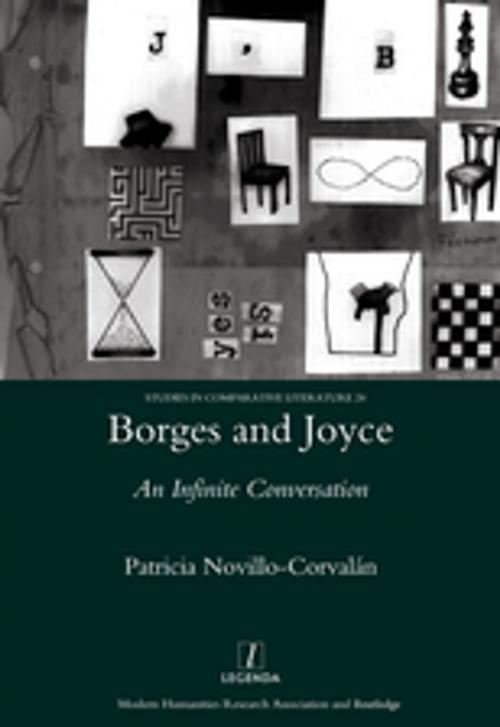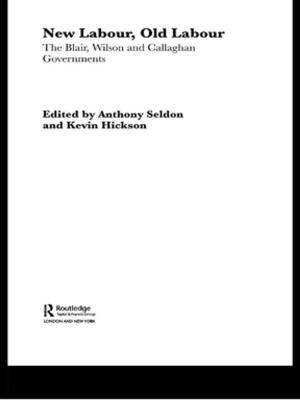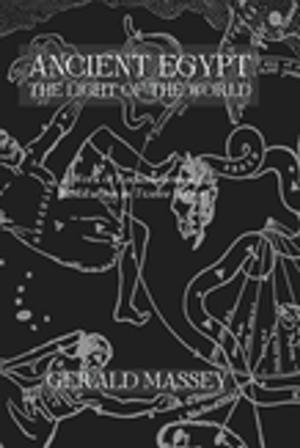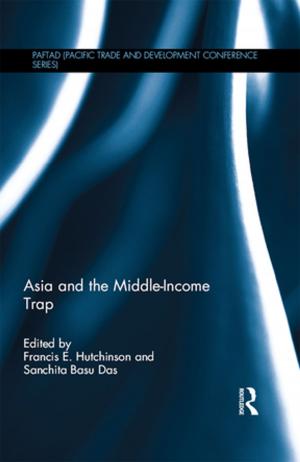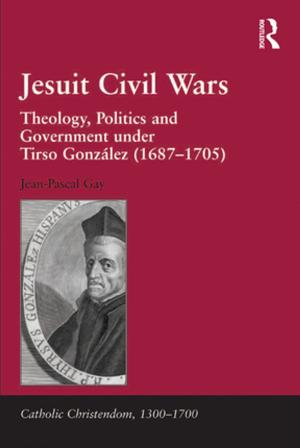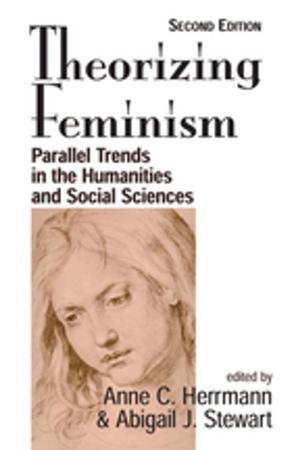| Author: | Patricia Novillo-Corvalan | ISBN: | 9781351193139 |
| Publisher: | Taylor and Francis | Publication: | December 2, 2017 |
| Imprint: | Routledge | Language: | English |
| Author: | Patricia Novillo-Corvalan |
| ISBN: | 9781351193139 |
| Publisher: | Taylor and Francis |
| Publication: | December 2, 2017 |
| Imprint: | Routledge |
| Language: | English |
"Borges and Joyce stand as two of the most revolutionary writers of the twentieth-century. Both are renowned for their polyglot abilities, prodigious memories, cyclical conception of time, labyrinthine creations, and for their shared condition as European emigres and blind bards of Dublin and Buenos Aires. Yet at the same time, Borges and Joyce differ in relation to the central aesthetic of their creative projects: the epic scale of the Irishman contrasts with the compressed fictions of the Argentine. In this comprehensive and engaging study, Patricia Novillo-Corvalan demonstrates that Borges created a version of Joyce refracted through the prism of his art, thus encapsulating the colossal magnitude of Ulysses and Finnegans Wake within the confines of a nutshell. Separate chapters triangulate Borges and Joyce with the canonical legacy of Homer, Dante, and Shakespeare using as a point of departure Walter Benjamin's notion of the afterlife of a text. This ambitious, interdisciplinary study offers a model for Comparative Literature in the twenty-first century."
"Borges and Joyce stand as two of the most revolutionary writers of the twentieth-century. Both are renowned for their polyglot abilities, prodigious memories, cyclical conception of time, labyrinthine creations, and for their shared condition as European emigres and blind bards of Dublin and Buenos Aires. Yet at the same time, Borges and Joyce differ in relation to the central aesthetic of their creative projects: the epic scale of the Irishman contrasts with the compressed fictions of the Argentine. In this comprehensive and engaging study, Patricia Novillo-Corvalan demonstrates that Borges created a version of Joyce refracted through the prism of his art, thus encapsulating the colossal magnitude of Ulysses and Finnegans Wake within the confines of a nutshell. Separate chapters triangulate Borges and Joyce with the canonical legacy of Homer, Dante, and Shakespeare using as a point of departure Walter Benjamin's notion of the afterlife of a text. This ambitious, interdisciplinary study offers a model for Comparative Literature in the twenty-first century."
